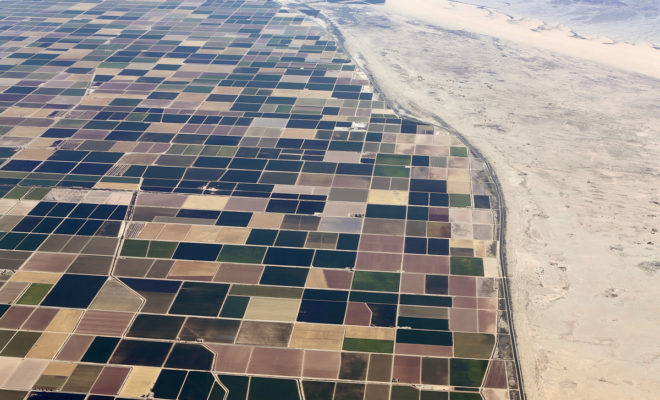Doing More With Less

California’s golf community has stayed ahead of the game when it comes to water use by working together with planning agencies to find effective solutions.
When you work in golf advocacy, the conferences you go to are rarely about those aspects of the game that make it attractive. It’s almost always about those aspects that threaten the ability of 26 million Americans to continue enjoying those attractions.
Case in point. At a recent conference I found myself enmeshed in a discussion of a University of California study that concluded that the state will experience a 10-20percent loss of water supply by 2050. The reasons: The effects of aridification, or plainly put, the hydrologic changes yielded by a warming, drying climate.
The upshot? As one of the veteran presenters stressed in very emphatic language, the golf community should not allow shifting political winds and increasing uncertainty among federal, state and local government agencies to cause it to veer from its commitment to reducing its aggregate water demand over time. This veteran went on to suggest that golf would either need to continue to reduce inputs over time or face a cull — where rising input costs force golf course closures through the workings of the market.
The theme that golf industry representatives took away from the meeting was that while pendulums swing in the short-term, the golf community would be wise to continue on its current trajectory by remaining laser focused on how to do more with less to secure golf’s future in Southern California.
WORKING TOGETHER
The golf community and the region’s water managers have been collaborating for a longtime — nowhere more so than in the golf-dense Coachella Valley, where a body comprised of allied golf associations, facilities, superintendents, agronomists, consultants and two members of the Coachella Valley Water District Board of Directors has met regularly for 10 years.
Some but certainly not all of its achievements: The creation of incentives to reduce groundwater pumping, creation of rate structures promotive of conservation goals, extension of non-potable hookups, creation of rebate/incentive programs, participation in crafting longterm strategic plans such as the Coachella Valley Water Management Plan and the Salt and Nutrient Management Plan and the development of a golf course mapping project that will assist in the procurement of state/federal grants and the development of allocation budgets.
While the Coachella Valley Golf & Water Task Force has met continuously for a little more than a decade, some of its counterparts, such as the Los Angeles Golf & Water Task Force, have met more sporadically — intensely during periods of drought with hiatuses often in between them.
However, the work performed by the Los Angeles version proved its mettle when theSouthern California Metropolitan Water District (MWD) turned off the State Water Project spigot to much of Los Angeles and Ventura Counties in 2022. So much so that the two water providers, Los Angeles Water and Power (LADWP) and MWD, have decided to no longer go on hiatus, but meet at least twice per year come rain or drought.
The San Diego County Golf and Water Task Force is currently being revived after going dormant at the conclusion of the 2016 drought, and there are several other water agencies in the process of building their own versions of golf and water working groups.All this despite the fact that the state’s major reservoirs are at or near capacity — a sign that no matter how wet any one year may be, all really do now believe we live in a land of permanent drought.
A TRACK RECORD OF SOLUTIONS
Golf is increasingly being recognized as a highly efficient irrigator — the most efficient outdoor irrigator in the opinion of many of the agencies that supply the game with water— the dividend of a past performance characterized by heavy investments in maximally efficient irrigation systems, turf removals, turf conversions, investments in new drought-tolerant species that eliminate the need for water consumptive overseeding and the pure research that yields those new drought-tolerant species, all while supporting those public and regulatory policies that incentivize the thrifty and disincentivize the profligate.
Some might conclude that a 10-20 percent loss of water supply predicts a California futurewith less golf. Let me suggest otherwise. The California golf community has a long trackrecord of finding ways to do more with less, and there is nothing in that record thatsuggests that the game is on any course other than continuing down that path — a paththat can only be made more seamless by continued collaboration with the game’s waterproviders.
“Golf is increasingly being recognized as a highlyefficient irrigator – the most efficient outdoor irrigatorin the opinion of many of the agencies that supply thegame with water.”











